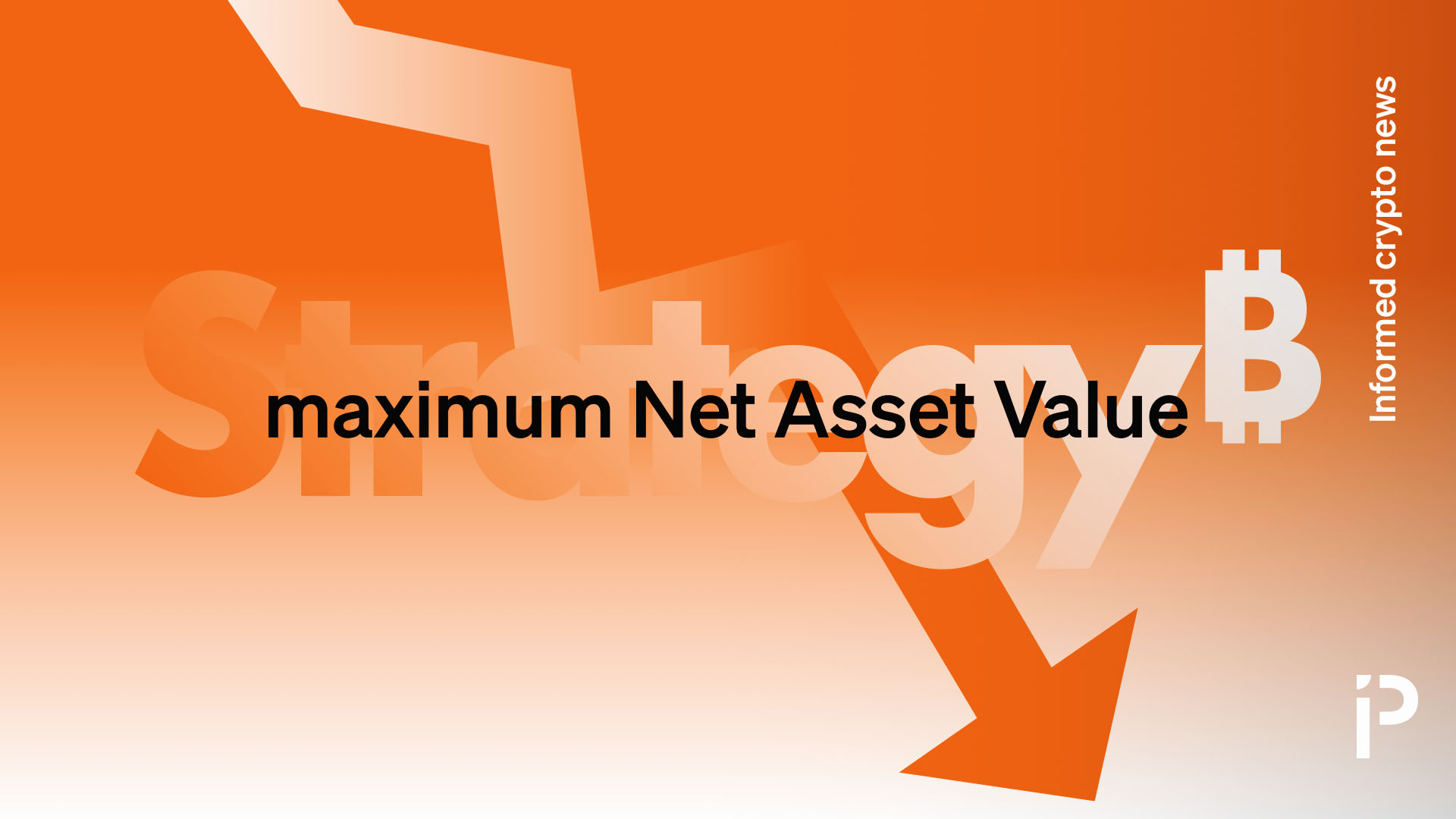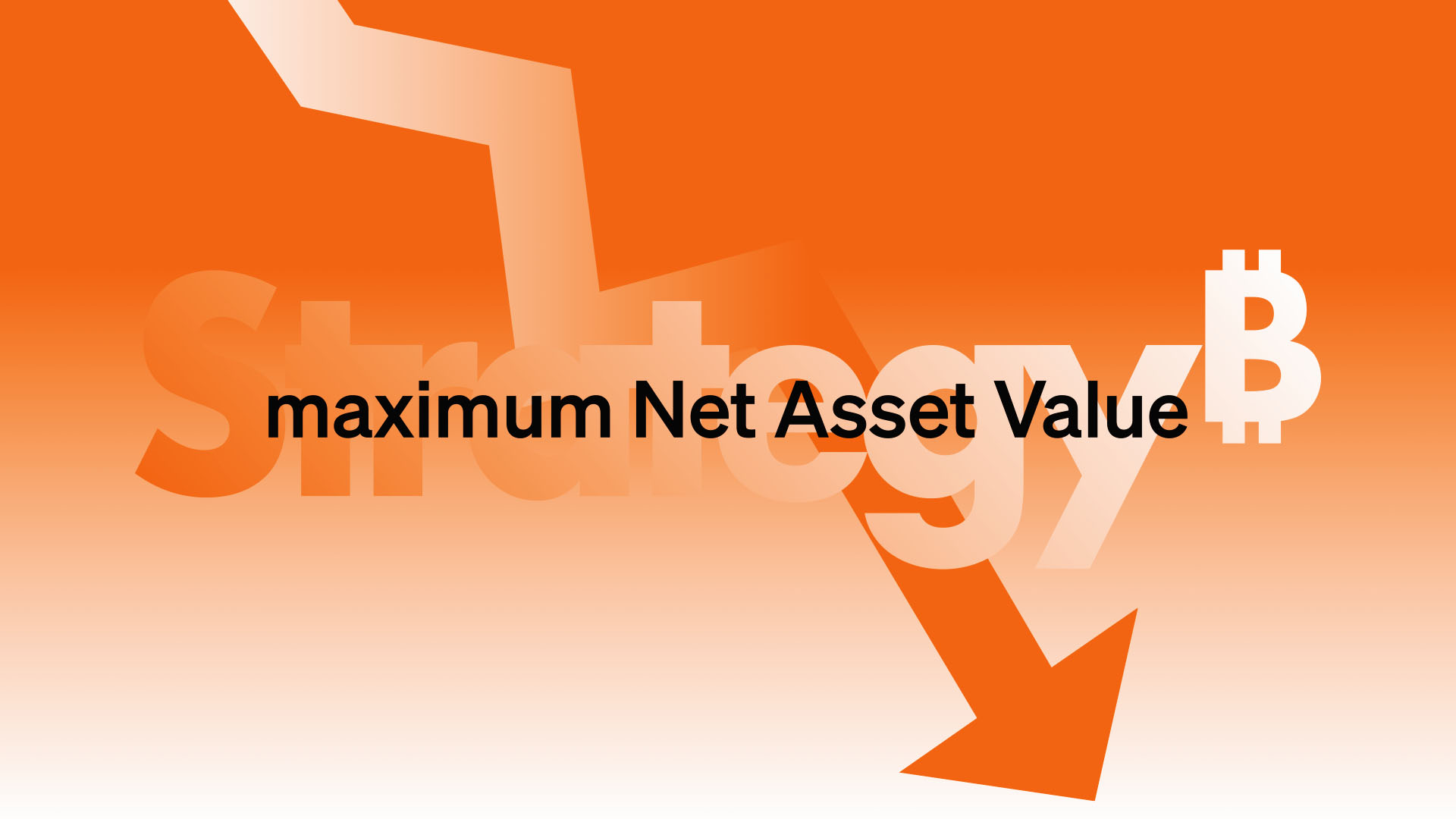CryptoCurrency
Strategy’s market cap falls below value of its bitcoin holdings


For 28 months, the basic premium of Strategy’s (formerly MicroStrategy) common stock, MSTR, to its bitcoin (BTC) holdings has been declining, and has now fallen below 1x.
Since July 2023, it would have been better to just have owned BTC than to have bought MSTR and now the market capitalization of MSTR is less than the value of the BTC it holds.
It’s a sad day for anyone who believed, like founder Michael Saylor, that MSTR is Amplified BTC.
Indeed, it turns out that lately, MSTR has been quite the opposite.
Read more: Michael Saylor continues to dilute MSTR after modifying promise
The world’s largest digital asset treasury (DAT) company, Strategy has been accumulating BTC since August 2020.
During this time, its own investor community, the self-named Irresponsibly Long MSTR, coined the phrase “multiple-to-Net Asset Value” (mNAV) as a way to express how much more they were paying for MSTR versus just buying BTC.
They happily disregarded any encumbrance over that BTC, including repeated warnings from the company that shareholders don’t own and may never redeem their shares for BTC.
Determined to prove to the world that they had discovered a novel financial breakthrough, Irresponsibly Long MSTR and other fans of the BTC treasury model popularized their mNAV acronym all the way to the top of Strategy management, earning years of reiterations by Saylor and CEO Phong Le.
Strategy’s mNAV: from 3.2x to 0.96x
By November 2024, that mNAV metric hit 3.2x — its highest level in years. It’s shed all of that glory.
The rapidly deflating mNAV still appears on Strategy.com’s homepage, albeit in a modified and more flattering variant — enterprise value mNAV.
To avoid displaying the embarrassing 0.96x in the metric’s original, basic form, Strategy now displays its enterprise value mNAV of 1.21x after adding the roughly $15 billion worth of pro forma value from its preferred shares and net debt.
Yet the truth is simple and dismal. The market cap of MSTR is less than the value of the company’s BTC.
Its original mNAV metric has dipped from 3.2x to 0.96x in 12 months, signalling the end of an era for the memetic, dubious metric.
Got a tip? Send us an email securely via Protos Leaks. For more informed news, follow us on X, Bluesky, and Google News, or subscribe to our YouTube channel.









